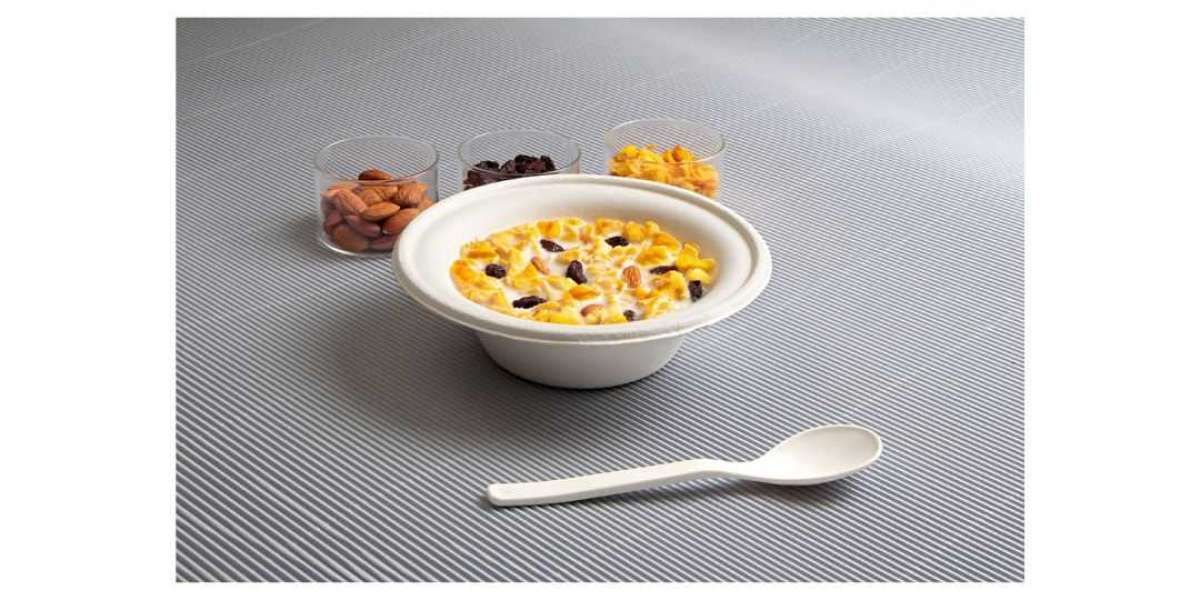In an era where sustainability is more crucial than ever, the search for eco-friendly alternatives to everyday products has led to some truly innovative solutions. Among these, sugarcane disposable bowls stand out as a remarkable example of how agricultural waste can be transformed into practical, biodegradable products. In this blog, we will explore the fascinating journey of sugarcane disposable bowls, from the fields where sugarcane is grown to the moment they serve your favorite meal.
The Origins: Sugarcane Fields
The journey begins in the lush fields of sugarcane, primarily found in tropical and subtropical regions. Sugarcane is a versatile crop that has been cultivated for thousands of years, mainly for its juice, which is processed into sugar. However, the fibrous residue left after extracting the juice, known as bagasse, is what makes sugarcane disposable bowls possible. Traditionally considered waste, bagasse has found a new purpose in the world of sustainable packaging.
Harvesting and Processing Sugarcane
Sugarcane is typically harvested by hand or machine, and the stalks are transported to mills where they are crushed to extract the juice. The extracted juice is processed into sugar, leaving behind a substantial amount of bagasse. This byproduct, once considered agricultural waste, is now collected and transported to facilities where it undergoes a remarkable transformation.
From Bagasse to Pulp: The Manufacturing Process
At specialized facilities, bagasse is cleaned and processed into a pulp. This process involves breaking down the fibrous material and mixing it with water to create a slurry. The slurry is then refined and screened to remove any impurities, resulting in a clean, uniform pulp. This pulp serves as the raw material for making sugarcane disposable bowls and other biodegradable products.
Molding and Shaping: Creating the Bowls
The refined bagasse pulp is poured into molds that shape it into bowls. Using heat and pressure, the pulp is pressed and dried, forming sturdy, disposable bowls that are both durable and lightweight. These molds can be customized to produce various sizes and shapes, catering to different culinary needs. The use of high temperatures in the molding process ensures that the bowls are sanitized and safe for food contact.
Finishing Touches: Quality Control and Packaging
Once molded, the sugarcane bowls undergo rigorous quality control checks to ensure they meet safety and durability standards. This includes testing for strength, leak resistance, and heat tolerance. After passing these checks, the bowls are packaged and prepared for distribution. They are typically packed in biodegradable or recyclable materials to maintain the commitment to sustainability.
Distribution: From Factories to Consumers
The final stage of the journey involves distributing the sugarcane disposable bowls to retailers, restaurants, and consumers. As awareness of environmental issues grows, the demand for sustainable products like sugarcane bowls has increased. They are now commonly found in grocery stores, used by eco-conscious restaurants, and preferred by consumers seeking greener alternatives for their gatherings and events.
The End of the Lifecycle: Composting and Decomposition
One of the most significant advantages of sugarcane disposable bowls is their ability to decompose naturally. After use, these bowls can be composted, where they break down into organic matter, enriching the soil without leaving harmful residues. This completes the lifecycle of the product, returning valuable nutrients to the earth and closing the loop on a sustainable cycle.
Conclusion:
The journey of sugarcane disposable bowls, from the fields of sugarcane to the dining table, is a testament to human ingenuity and our growing commitment to sustainability. By repurposing agricultural waste into practical, eco-friendly products, we can significantly reduce our reliance on plastic and minimize our environmental footprint. Next time you use a sugarcane disposable bowl, remember the remarkable journey it has taken—a journey that embodies the spirit of innovation and environmental stewardship.








